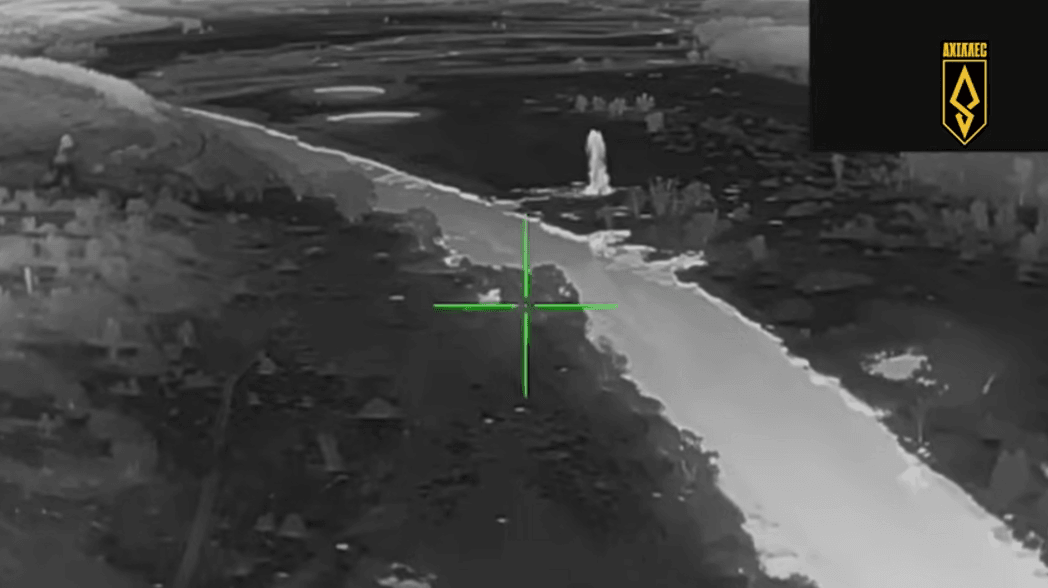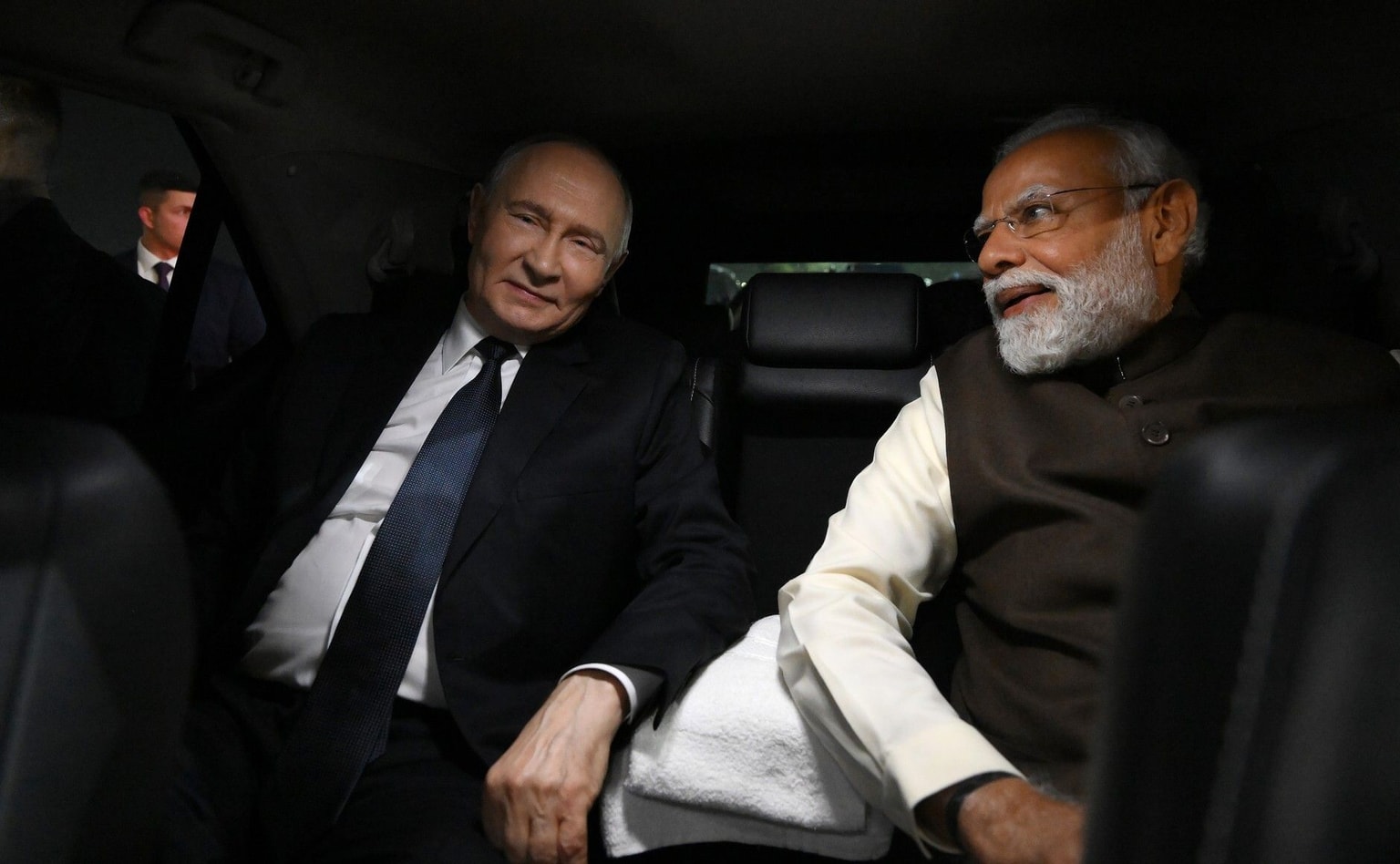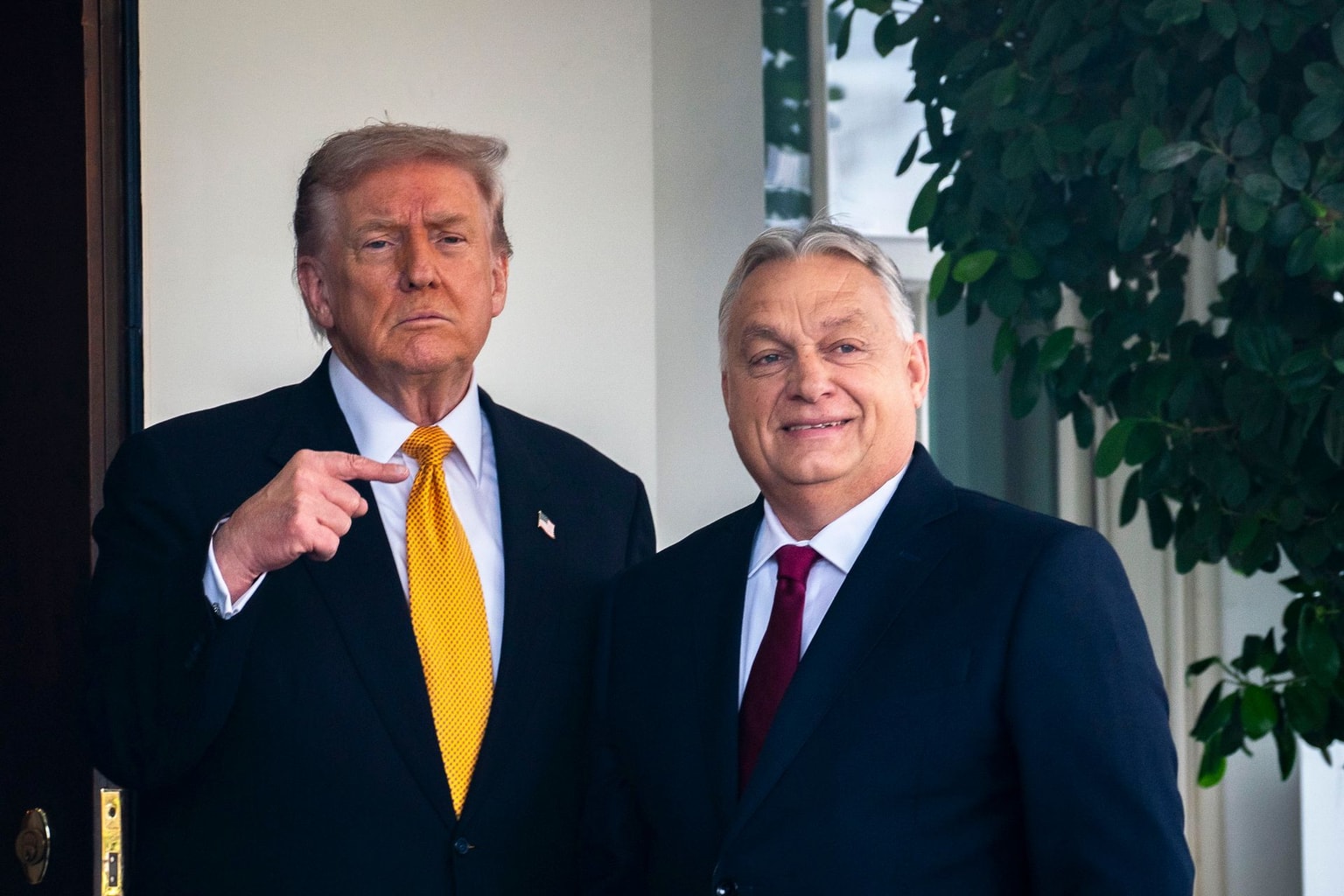Ukraine reinvented Trojan Horse with Operation Spiderweb, NATO admiral says

Ukraine has reinvented the Trojan Horse tactic during Operation Spiderweb inside Russia, NATO Admiral Pierre Vandier said in an interview with AFP on June 9.
Kyiv's operation, conducted overnight on June 1, involved hiding first-person view (FPV) drones in trucks deep inside Russia before the attack. The operation damaged 41 aircraft, including Tu-95 and Tu-22M3 bombers — two of Russia's primary platforms for missile attacks against Ukraine, according to the Ukrainian military. It caused approximately $7 billion in damage and disabled one-third of Russia's cruise missile bombers, according to a source in the Security Service of Ukraine.
"What the Ukrainians did in Russia was a Trojan Horse — and the Trojan Horse was thousands of years ago," Vandier, NATO's supreme allied commander transformation, said. "Today, we see this kind of tactic being reinvented by technical and industrial creativity."

Vandier said that NATO needs to act quickly to master new technologies in time, considering the looming Russian threat. But the admiral added that while drones are indispensable in modern warfare, they are not omnipotent.
"No one in the military sphere will tell you that we can do without what we'll call traditional equipment," Vandier said. "However, we are certain we need new equipment to complement it."
"Today, you won't cross the Atlantic with a 10-meter-long (33-foot-long) drone. You won't easily locate submarines with such tools," he added.
"If they accompany your large platforms, you'll be able to achieve much better results at much lower costs."
Ukraine has pioneered drone technology during Russia's full-scale war, introducing various ground-, air-, and sea-based models for combat and reconnaissance missions.
Commander-in-Chief Oleksandr Syrskyi said on May 30 that Ukrainian soldiers hit and destroyed in May more than 89,000 Russian targets using drones of various types.
Ukraine is working to scale up domestic production. Kyiv has also developed long-range missile-drone hybrids, including the Palianytsia and Peklo models, which use turbojet engines as cruise missile alternatives.
By the end of 2024, Ukraine had developed a total of 324 new types of weapons, according to the Ministry of Strategic Industries.











